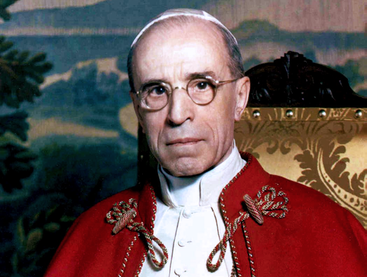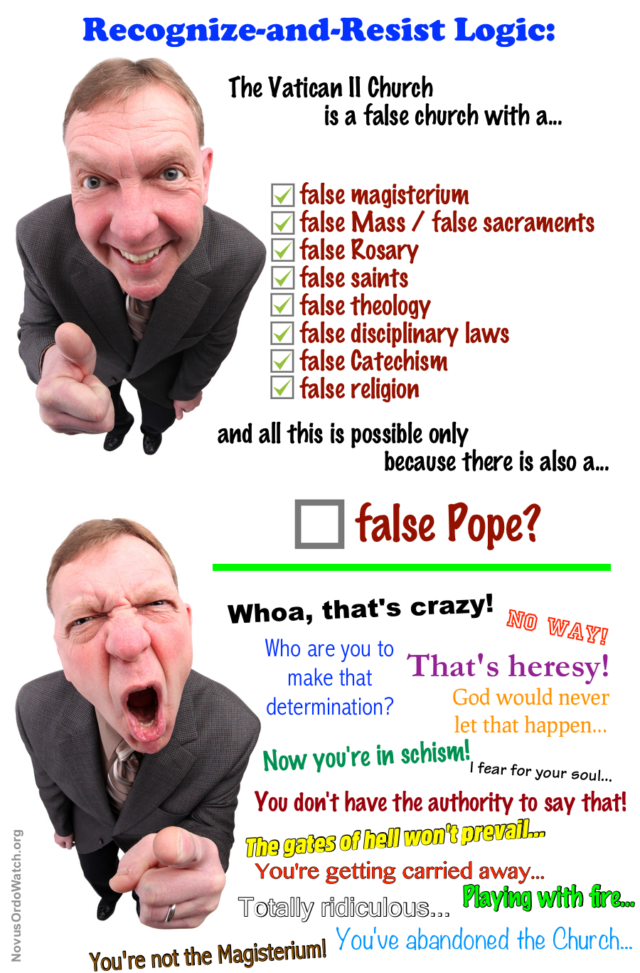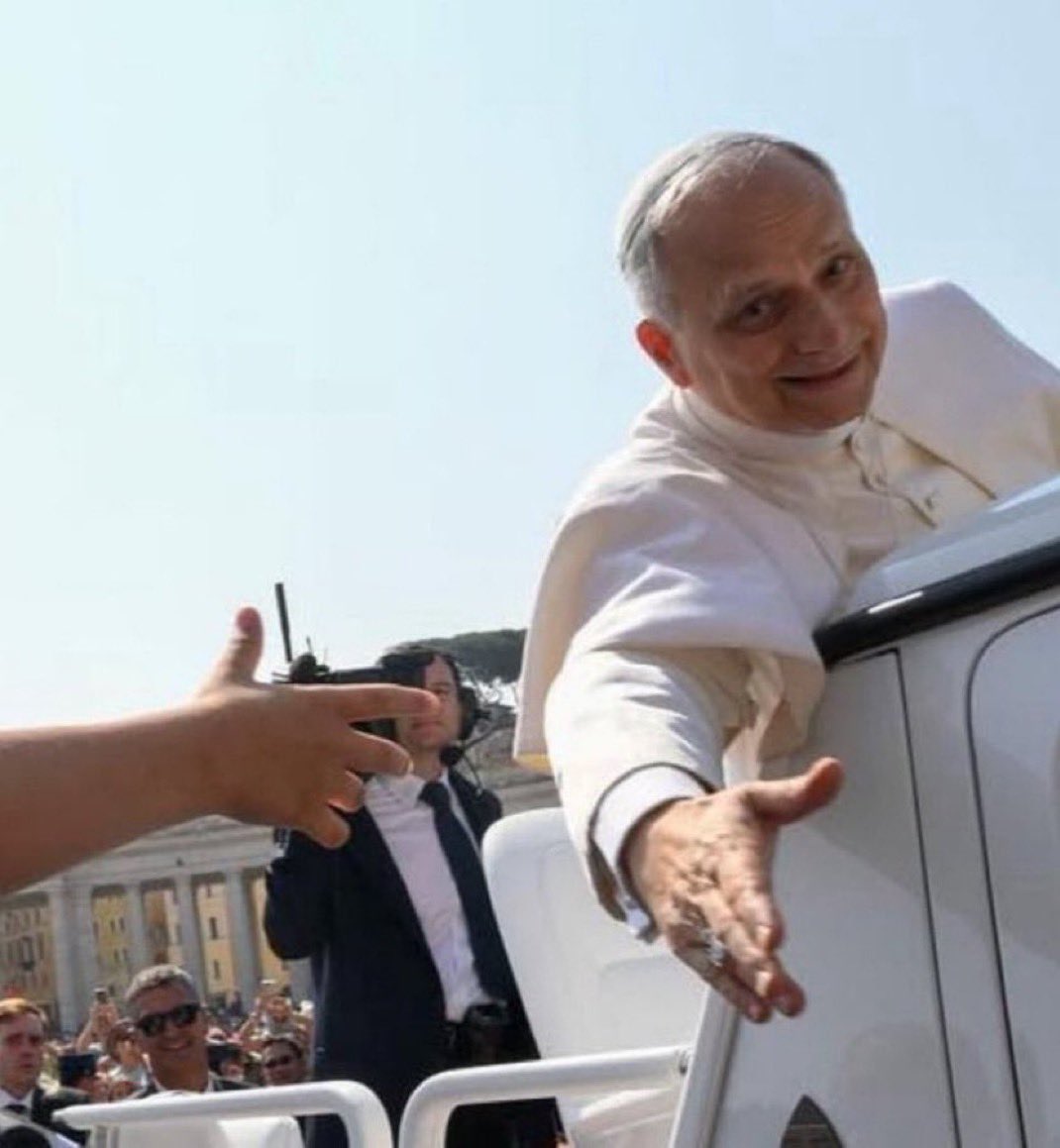Encyclical ‘Mediator Dei’ of 1947…
Pope Pius XII on ‘Traditionis Custodes’:

The Authority of the Roman Pontiff over the Sacred Liturgy
In his landmark encyclical letter on the Sacred Liturgy, Pope Pius XII taught clearly and authoritatively:
The Church has further used her right of control over liturgical observance to protect the purity of divine worship against abuse from dangerous and imprudent innovations introduced by private individuals and particular churches. Thus it came about — during the 16th century, when usages and customs of this sort had become increasingly prevalent and exaggerated, and when private initiative in matters liturgical threatened to compromise the integrity of faith and devotion, to the great advantage of heretics and further spread of their errors — that in the year 1588, Our predecessor Sixtus V of immortal memory established the Sacred Congregation of Rites, charged with the defense of the legitimate rites of the Church and with the prohibition of any spurious innovation. This body fulfills even today the official function of supervision and legislation with regard to all matters touching the sacred liturgy.
It follows from this that the Sovereign Pontiff alone enjoys the right to recognize and establish any practice touching the worship of God, to introduce and approve new rites, as also to modify those he judges to require modification. Bishops, for their part, have the right and duty carefully to watch over the exact observance of the prescriptions of the sacred canons respecting divine worship. Private individuals, therefore, even though they be clerics, may not be left to decide for themselves in these holy and venerable matters, involving as they do the religious life of Christian society along with the exercise of the priesthood of Jesus Christ and worship of God; concerned as they are with the honor due to the Blessed Trinity, the Word Incarnate and His august mother and the other saints, and with the salvation of souls as well. For the same reason no private person has any authority to regulate external practices of this kind, which are intimately bound up with Church discipline and with the order, unity and concord of the Mystical Body and frequently even with the integrity of Catholic faith itself.
The Church is without question a living organism, and as an organism, in respect of the sacred liturgy also, she grows, matures, develops, adapts and accommodates herself to temporal needs and circumstances, provided only that the integrity of her doctrine be safeguarded. This notwithstanding, the temerity and daring of those who introduce novel liturgical practices, or call for the revival of obsolete rites out of harmony with prevailing laws and rubrics, deserve severe reproof.
(Pope Pius XII, Encyclical Mediator Dei, nn. 57-59; underlining added.)
This clear and beautiful teaching presents a problem for non-sedevacantist traditionalists only because they accept a manifest anti-Catholic apostate as Pope of the Catholic Church (namely, Jorge Bergoglio aka “Pope” Francis).
Tragically, they have demonstrated time and again that they would sooner abandon the Catholic doctrine on the Papacy than the idea that Bergoglio is a valid Pope. (Hence we like to call them “semi-traditionalists” because they manifest only a partial adherence to Tradition.)
Yet this makes no sense, since if one changes or abandons the doctrine on the Papacy, then affirming that Bergoglio is Pope no longer has meaning — at least not the traditional Catholic meaning. And indeed, the last eight years have demonstrated that the way many semi-trads treat their “Pope” Francis, he might as well not be Pope for them:
- False Resistance Theology: The Pope Speaks, You Decide!
- Denying the Papacy to affirm Francis is Pope: John Salza’s Conundrum
- Is Francis a valid Pope? Why the Question Matters
To be clear: We’re not saying that the semi-traditionalists should submit to Francis and become Novus Ordo. No, we’re asking them to recognize that their theology is inconsistent and contradictory, and that the only way to be a traditional Catholic is to recognize that there is no way Francis could possibly be the Pope, and they must resist him for that reason (his being a false pope).
Alas, that is a terribly unpopular position, but we cannot change the fact that it is nevertheless true. We have put together an informative resource guide to help people navigate these difficult waters:
The semi-trads, also called “recognize-and-resist” traditionalists because they recognize Francis as valid but resist his magisterium, have lost Faith in the Papacy because they insist on accepting heretical impostors as true Popes. Since that is the square peg that won’t fit into the round hole, they must continually find ways to modify the hole until they can ram the peg through. It is no wonder, then, that the end result is no longer recognizable as the traditional Catholic position.
And so the semi-traditionalists believe a public apostate like Francis can be Pope and legislate and teach all kinds of evil, heresy, and blasphemy, which, however, then has to be sifted and rejected by each individual Catholic, lest one’s own soul and Faith be sullied by the evil teachings of the true Pope. (This is where their publications and organizations like The Remnant, Catholic Family News, and The Fatima Center come in.)
Obviously, such a scenario completely destroys not only the Catholic doctrine concerning the Papacy but also the very purpose for which Christ founded the Papacy and the Catholic Church to begin with. The Pope’s role is reduced to little more than that of a Protestant pastor, whom the congregation must follow when what he teaches is found to be correct. Is that how Christ set up His Church’s teaching and legislating authority? Is that what He meant when He told St. Peter: “And I will give to thee the keys of the kingdom of heaven. And whatsoever thou shalt bind upon earth, it shall be bound also in heaven: and whatsoever thou shalt loose upon earth, it shall be loosed also in heaven” (Mt 16:19)?
St. Robert Bellarmine, Doctor of the Papacy, summarized the role of the Pope thus:
The Pope is the Teacher and Shepherd of the whole Church, thus, the whole Church is so bound to hear and follow him that if he would err, the whole Church would err.
Now our adversaries respond that the Church ought to hear him so long as he teaches correctly, for God must be heard more than men.
On the other hand, who will judge whether the Pope has taught rightly or not? For it is not for the sheep to judge whether the shepherd wanders off, not even and especially in those matters which are truly doubtful. Nor do Christian sheep have any greater judge or teacher to whom they might have recourse. As we showed above, from the whole Church one can appeal to the Pope yet, from him no one is able to appeal; therefore necessarily the whole Church will err if the Pontiff would err.
(De Romano Pontifice, Book IV, Chapter 3; Grant translation.)
Chances are you never heard that quote from your recognize-and-resist friend.
Some people, such as Dr. Peter Kwasniewski, think they can dismiss loyal adherence to the Pope as “Ultramontanism”, apparently not realizing that that label is a badge of honor for a Catholic, endorsed by Pope Pius IX.
One of the most popular arguments the semi-trads are wont to bring up against Sedevacantism is the argument from the “bad Pope” or “bad prelate”, whose unjust commands can and must be rejected. “A bad father is still your father”, they proclaim, thinking that this irrelevant observation settles the issue. In actual fact, however, they only demonstrate that they are ignorant of Catholic doctrine:
In fact, if the recognize-and-resist position were true, what would become of these teachings of Popes Leo XIII and Pius XII?
…[T]he Church has received from on high a promise which guarantees her against every human weakness. What does it matter that the helm of the symbolic barque has been entrusted to feeble hands, when the Divine Pilot stands on the bridge, where, though invisible, He is watching and ruling? Blessed be the strength of his arm and the multitude of his mercies!
(Allocution to Cardinals, March 20, 1900; excerpted in Papal Teachings: The Church, p. 349.)
The Pope has the divine promises; even in his human weaknesses, he is invincible and unshakable; he is the messenger of truth and justice, the principle of the unity of the Church; his voice denounces errors, idolatries, superstitions; he condemns iniquities; he makes charity and virtue loved.
(Pope Pius XII, Address Ancora Una Volta, Feb. 20, 1949)
These traditional teachings are not so terribly popular among the semi-trads, and it is easy to see why.
Recognize-and-resisters also like to make all kinds of other irrelevant and misleading arguments to justify their absurd position. One need not be learned or spend lots of time researching difficult theological arguments to see this. At the end of the day, one can summarize and illustrate the matter thus:
It is Catholic theology, not pride or vanity, that makes us affirm: Sedevacantism is the only possible theological explanation for the Vatican II Church.
Image sources: Wikimedia Commons / element from shutterstock.com
Licenses: public domain / paid






No Comments
Be the first to start a conversation